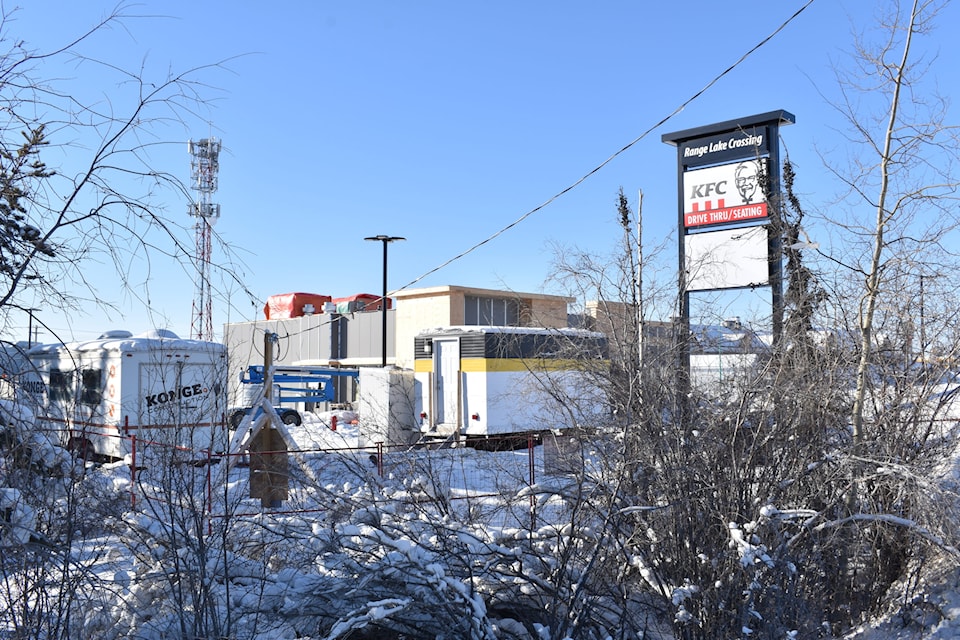The NWT employment rate reached 66.7 per cent in February, exceeding rates seen in the months before the Covid-19 pandemic in 2020.
The rate marks the highest of any February since 2016, when it was at 71 per cent, according to the Labour Force Activity report released Friday by the NWT Bureau of Statistics.
February's rate was also higher than the 58.4 per cent employment rate for the rest of Canada.
Public sector employment grows
Seven-hundred more people were employed in the NWT in February compared to the 21,900 employed in the same month in 2020, although those gains were in part-time employment which saw 1,200 more people working.
Full-time employment saw a decrease of 500 people.
Public sector employment in February 2021 grew by 800 to 10,700 people; while in the private sector in February 9,900 people were employed, down from 10,000 in 2020.
However, employment in the public sector in February continued a three-month downward trend, falling from 11,000 in December of 2020 to 10,800 in January.
The private sector experienced the reverse trend: growing from 9,400 jobs in December of 2020 to 9,600 in January.
Both the goods and services-producing industries grew in February compared to the year before, with gains of 300 and 500 jobs, respectively.
Too soon to celebrate: Chamber
But NWT Chamber of Commerce president Jenni Bruce hesitates to accept the statistics on higher levels of employment as cause for celebration.
"I am concerned that it is mostly the hiring of GNWT temporary positions to deal with Covid and that the increase is only a band aid," she said. "I believe that economists are also predicting many businesses to close when the funding programs end as it is all that is keeping them afloat currently."
"Of course we hope that the numbers improve and we are very proud of the businesses in the NWT that have been so resilient through this entire process and hope that these numbers are accurate."
Geographically, employment gains took place outside Yellowknife, falling from 13,100 employed people in February 2020 to 12,800 in February 2021.
In the rest of the territory the number of people with jobs grew from 8,700 to 9,800 in that same period.
More jobs occupied by women
Employment among women increased in the one-year period, rising from 10,700 in February 2020 to 11,500 in February 2021.
“Females primarily accounted for the gains in employed persons, representing an employment rate of 69.7 per cent, the highest since December 2016,” the report said.
For men it fell by 100 to 11,100 in February 2021.
Among Indigenous residents, employment rose by 300 to 7,500 people in February 2021; for non-Indigenous people it grew by 500 to 15,100.
In the 15 to 24 age bracket, employment rose from 2,100 in February 2020 to 2,800 in February 2021. It remained unchanged in that period for people aged 25 and older, sitting at 19,800.
